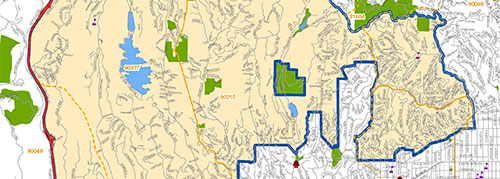- Login
- |
- (310) 479-6247
- |
- |
Elections Results
Congratulations to all of those who participated in the 2025 elections for the Bel Air-Beverly Crest Neighborhood Council. The official results are as follows. Winners are marked with an asterisk.
Bel Air Glen District
* Timothy Steele - 16
Jason Mohr - 11
Franklin Coldwater District
* Steven Weinberg - 4
North of Sunset District
* Vadim Levotman - 7
* Aaron Kamin - 6
* Tad Marburg - 5
Commercial or Office Enterprise Districts
* Maureen Smith - 45
At-Large Traditional Stakeholder
* Aaron Lawrence - 44
* Alan Kaye - 29
Mindy Rothstein Mann - 25
Joy Denton -23
At-Large Community Interest Stakeholder
* Ellen Evans - 54
At-Large Youth Representative
* Alonzo Wickers



